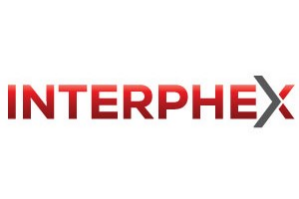As monoclonal antibody production has become routine for drug suppliers, the desire to intensify, improve, and reduce the cost of processes has become omnipresent. With these goals in mind there appears to be a growing need for an end-to-end automated process with a robust control strategy. Here a fully automated approach for the control of a continuous downstream process has been evaluated for its ability to coordinate a process with minimal intervention from operators. Enacting this control strategy facilitated an end-to-end process for 24 hours at two scales as well as a small scale 4-day process. These processes were executed with minimal operator intervention where product quality was maintained for all processes. Some particular challenges such as volumetric throughput limitations, scale-up, equipment sizing, etc. were explored in a lab scale setting up to a 20x scale up for the Protein A capture step. By operating our downstream process, a deeper fundamental understanding of the purification platform can be developed. This operation seconds as a proving ground for the control strategy the team develops for a particular process. By operating the process, deficiencies in the control can be identified and optimized to improve the efficiency, efficacy, and product quality. Through these means further understanding of critical process parameters and how they affect the critical quality attributes at the whole process level, not just at the individual unit operation level, has been achieved. Using the knowledge gained from these studies we can identify which parameters have the largest impact on the process and which should be controlled within the tightest engineering limits from a process perspective, and further develop and implement automation improvements to eliminate control deficiencies.
